In today’s episode, I’m interviewing Michael Shikashio, one of the world’s leading experts in aggression in dogs, but don’t let this scare you. This isn’t really about dogs being aggressive per se, but we will be talking about resource guarding, what to look for and how to handle it when the family dog starts to get over protective of certain items.
Resources
- Aggressive Dogs website, which includes his excellent Podcast, The Bitey End of the Dog
- Babysitter Safety Guide for families with kids and dogs
If you’ve got a question about your kids and dogs, go to www.speakpipe.com/PoochParenting and record it there just like a voicemail. And I will include it in a future episode.
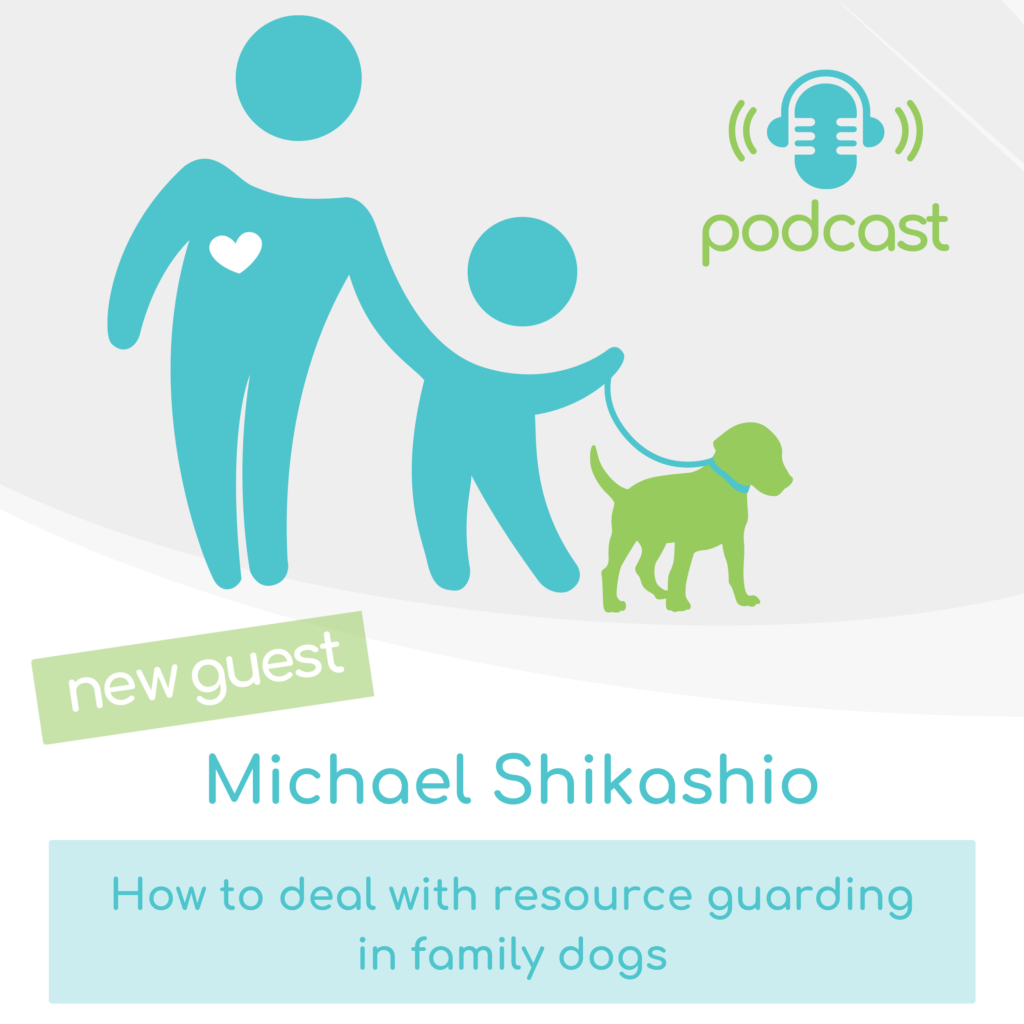
“My Dog is being Protective”
- There is an expression that I hear a lot and I would love to hear your take on this: “my dog is protective.” I would love to hear your thought on that choice of word and what you think is really going on.
- So an important thing to do there is really assess what’s going on for sure, because it can look protective, but it could be other things like stress, changes in the environment or the addition of new family members.
- Now it can be true in some circumstances where the dog is truly becoming protective of a certain person in the family. I’ve seen that more during the pandemic time here where they just because somebody is home more often, it’s almost like there’s a resource available more often for the dog.
- The best way to assess that is just to go through the background history of the dog. And that’s why bringing in a behavior professional also helps.
- So let’s say a dog tends to hover around one particular person and maybe seems a little bit distressed if somebody else approaches. So I have one client, for example, she’s a newlywed and she has a dog who seems to get pretty upset when her new husband wants to hug and kiss her. So we’re working on that a little bit, but the idea is, is that, is it that we want to try to make her dog feel safe and that the husband is not threatening her.
Resource Guarding a Person
- So there could be a couple of things going on there. What I typically see is the dog is actually resource guarding that person. So just like if you replace that person with a food ball or a bone or a new toy, the dog finds that that person is very valuable and they don’t want to lose access to that person. So it’s almost like husband comes over and now is removing the food ball or the bone or the person. So that’s a kind of resource guarding that can be displayed. So like the mom might be petting the dog. And then all of a sudden the husband comes over and like now the mom stops feeding the dog. So the dog may say, “well, wait a second. Every time this guy comes over, I lose petting that stuff. So that’s not a good thing when this guy comes over.”
- So, you know, so that’s, that’s a form of resource guarding and the other form is much less common is when it’s actually true protective behavior.
- if there’s a history of the dog feeling that that person is a threat to that owner. An example is a case where the couple was not hurting each other. And they just loved the world wrestling Federation thing. And they would constantly like actually be body slamming each other around the house, strange things like that. But that actually the dog started thinking that the husband was hurting the wife when he was, and he was just playing around, but the dog started behaving aggressively towards him When the dog perceives that a person is a threat to their owner.
- So most of those, the resource guarding issue, and that’s just a function of the dog, getting something attention, petting, close proximity to the owner,
- Again, another common scenario is when one spouse gets up in the middle of the night, goes to the bathroom, tries to come back to bed. Dog starts growling at them. But your spouse has to be able to get back in bed with you. So how do, how do you deal with that?
Changing How a Dog Feels
- One of the best things you can do is change their association with when people approach or the husband or wife approaches. So whoever the dog is having issues with that person can start to pair positive things happening with their approach. So one of the most common things I do is use food that I start out with having the owners, toss treats near the dog and then walk away. So they approach while the dog is moving next to the owner on the bed or next to them on the couch, they approached us street, walk away, approached the street and walk away, different angles, different times of day.
- You’ll see the growling shift to, “Oh, it’s you again”, the tail starts wagging and the head comes up and the dog has a much more positive response to that approach because it predicts something good’s about to happen.
- And, and a common misconception is aren’t you rewarding the dog for guarding the person. But if you set things up correctly and you stand enough distance, when you first start out the dog won’t display the guarding, the lunging, the biting, whatever it is that they’re doing, that’s undesirable. If you set things up correctly, they won’t do that. So I might have them approach from 10 feet away. If that’s what it takes at first, you do that enough times. You’re going to be able to do from eight feet away, then six feet and four feet away, and two feet away. Then the additional step though, that’s important is the dog should come away from that person. So I’m going to recall the dog away from the spouse, if they’re on the couch or the bed, and then they call “Fido” and the dog comes off, the bed gets the treat from the person that’s approaching. That person now is able to go back to bed or sit down and sit next to the other person. And then the dog can usually come back and have no problems with it because they’re no longer losing possession at that moment of that person.
Every Dog is Different
- And it’s important to take note of that because every dog is different. So if you were to give a cookie cutter approach to every single dog, it’s not going to work for every dog. Some dogs need a lot of distance and some dogs pick this up so quickly. So it’s really important to always work at your dogs level of comfort. They shouldn’t feel the need to growl or posture freeze, or get stiff or stress about the approach of the other person should be done at a level where they’re just noticing, but not giving the undesirable behavior.
Aggression is a Label
- So reactivity and aggression are that’s your wheelhouse. And a lot of people are worried that their dog might be aggressive. How do you feel about the label aggression and when it’s appropriate to use that, and how would you know, what is aggression and what is not aggression?
- That’s, that’s why I label my business, aggressivedog.com so people can find me. It’s a construct or a label.
- They will show aggressive behaviors in certain contexts and aggressive behaviors are quite normal for almost all species when it be once something’s threatening enough.
- It may have been anywhere from something very passive to just what our dogs might do. We might say, look away. I’m not going to pay attention to that person. And that’s one level of trying to diffuse the situation and dogs can do the same. So we might not label that aggressive, but it’s a use to diffuse this threat all the way up to you’re going to yell or scream or swerve your car or rev up and actually slam into that person that might be considered aggressive.
- But you aren’t doing the same thing as if you’re looking away, you’re trying to make the threat go away. So there’s different levels of communication and there’s certain behaviors that might be labeled aggressive, but they’re all behaviors on this spectrum as you move towards again, next common goal is I want that thing to go away. The scary thing or the threatening thing to go.
- Yeah, I was going to ask or clarify. So it seems like a lot of that would then come from fear, right? Most aggression cases are based in fear. Not all of them. There are, there are exceptions to that, but the vast majority of progression cases usually have the dog is fearful of something.
- The dog may have some underlying pain or discomfort, so they don’t want to be touched or held or moved.
What Feelings are Behind Resource Guarding?
- And sometimes it’s resource guarding. So they don’t want to lose their access to a resource. So there’s some times this common misconception is called fear of losing the resource. But the underlying emotional response is actually more so than it’s related to frustration and even anger.
- So if some of them, somebody comes over to my plate at the restaurant, sticks their hand in there. The feeling is maybe some fear you’re like surprised and, and you have something that you’re going to be angry too. So that’s the, that’s some of the other emotions involved. So there’s, there’s different types of reasons for aggressive behavior. And then you have some rare cases where the dog is doing it confidently and happily happily.
- So if you have a dog that is from a breed that is purpose bred to protect people or flock or property, and they let’s say somebody comes in, approaches the owner and it’s there Belgian Malinois from working lines, standing next to them. They’re more likely to just protect their owner because that’s what they’ve been bred for. And they’re happily going to do it because that’s their job.
- So that actually makes a strong argument for really knowing your dog. It seems like because I think that there are dogs in general breed characteristics that are maybe less suited for being family dogs with children than others. And I realized that a lot of people have mixed breed dogs and you don’t know what you’re getting.
- And some people have a dog before they have children. And it’s not like it’s a choice because they have the dog that they have in which case management is going to keep everybody safe management and a lot of mental stimulation and things like that.
Know Your Breed’s Characteristics
- It’s really important that if you do have children or a baby, and you’re thinking about getting a dog that perhaps doing your research about what that dog was originally used for might be useful information,
- So you might have a dog that’s an Australian shepherd cattle dog mix. I mean, there’s two herding breeds. It’s more to know what those dogs have been historically bred to do over time, right? Because many of those behavior traits or tendencies still be there. So we, you know, it may not be suitable for certain pet dog homes.
- I have a client right now who she has a toddler and she has a healer mix. And her biggest challenge is the healer mix chases and bites her toddler all the time. She got the dog that was intended to chase and heard things. And that’s what it’s doing to her toddler.
- The amount of work and time that so many people spent over the years trying to get that dog to do that task of herding sheep or flock and perfecting it and putting time and effort into it over and over through many generations. And now we’re at a point in our history where we don’t need a lot of that. Lots of these dogs are bored because they don’t have sheep in their backyard. So the dog’s like, all right, well, what do I do now? Well, that kid looks like he needs a little herding. Right.
- So let’s go back to the resource guarding. I had one client who called me after their dog had nipped the toddler in the face because the dog was a resource guarder and they had a babysitter at the house and the toddler got too close to the dog.
- But resource guarding when you’ve got children and dogs in the same house, sounds like a recipe for disaster. So how would you advise families if you’re worried that your dog tends to be protective over certain items, but you also have kids that, you know, little Tasmanian devils moving around the house.
Management FIRST
- The foundation for any aggression case or dogs that have resource guarding issues or any history of aggression is safety and management first, because if you don’t have that, it doesn’t not matter how much behavior training you do.
- It’s, you’re going to have risks of the dog, practicing the behavior that you don’t want. And when, especially with aggression, if they practice that behavior and they remember it. And so they remember if, if I made that kid get away from my bone with just a quick snap to his face, they’re gonna remember that for the next. And so we really want to prevent rehearsal of that behavior for many reasons.
- We have to have realistic expectations about our dogs and resource guarding is, is a very normal behavior. If we look back at the pandemic and how toilet paper was flying off the shelves, and if you’ve got your two roles and somebody reached into your cart, what are you going to do? You’re going to resource guard and dogs are the same thing.
- So we can’t put false expectations on dogs to say, they’re never going to guard something that’s of high value for them. So we want to make sure we’re doing things safely, especially when kids are involved, as you know, and, and it’s, it’s like you have a power tool at home, you know, so if you have a running power tool and your chainsaw is running on the kitchen table, and you’re going to let the babysitter know it’s there and what the problem is of that happening. And so, because, you know, the dogs are much safer than running chainsaws statistically. I don’t want to scare anybody away from having dogs, but it’s the same concept.
- You know, they have teeth, they’re living animals, their potential for resource guarding is there because they’re a live being. So I, you know, having just a level of kind of understanding of what the potential for problems can be, even if there hasn’t been a problem. So you’ve had been running chainsaw on your table for years, but the babysitter doesn’t know what the routine you go through is so, so that’s first foremost. And then of course you can do the behavior change part of things, which is teaching the dog that when the baby approaches good things happen, you know, so pairing treats with the baby, growing around, doing it safely, of course, having some barriers or something in place that the dog can’t fix so that the two parties can’t physically get close to each other,.
- Every time the kid comes out, that’s what and goodies come up. That’s how you start to work on the behavior. Okay. That’s great. So that’s a lot like what we talked about before with my newlywed client as well.
- It’s really the appearance of the thing that used to be a threat. If you can transition that and have that predict good things, then you can change how the dog feels, which then prevents them from feeling like they need to be assertive and asking you to back away.
- Somebody might have grown up with 20 dogs in their home and no history of aggression or problems at all. And they got lucky. And then, and then this experience, so they might think that this dog is just dog, so I can have the baby crawl all over it and do all the things that my previous dogs used to do. And that could be a big mistake because it’s setting up false expectations.
- Well, and it also ignores the fact that every dog is an individual, right? And every dog is entitled to its own opinion. And I feel like a lot of people with kids and dogs have Rose colored glasses on all the time. And they just hope for the best, but really being proactive seems to make a gigantic difference in not only your sanity
High Stakes Mistakes
- The stakes are really high. If your dog makes a big mistake, either you may need to rehome your dog or euthanize the dog. And I would love to see that not even be an issue, I’m sure you see that a lot. Yes. Because children are the number one demographic for dog bites.
- Kids get bitten the most. So that’s kind of, you know, one of the things we really want to focus on is dog safety, dog bite safety. Because again, the ramifications, when a dog bites a child, it’s very alarming for a lot of people. It’s a big deal. And you know, it it’s often blamed on the dog.
- And so the outcome can be very poor for dogs that bite children, because it’s not acceptable in many society and in our society in a way. So again, I think we just educate the safety aspect of it and being proactive rather than reactive right about the whole thing can go such a long way.
Looking for More Support?
If you’re looking for ongoing support for your family with dogs, be sure to get on the waiting list for my Thriving Parents of Kids and Dogs Membership.
If you enjoy these episodes or feel like they have made your family safer and less chaotic, feel free to buy me a coffee as a way of saying “Thanks!”
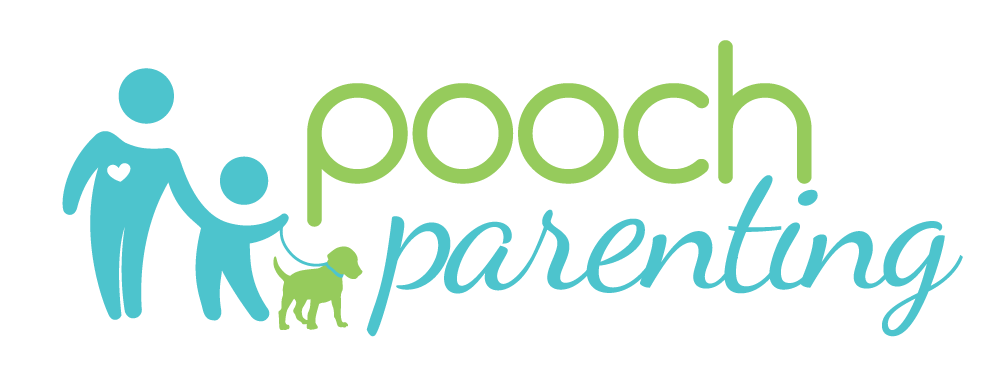
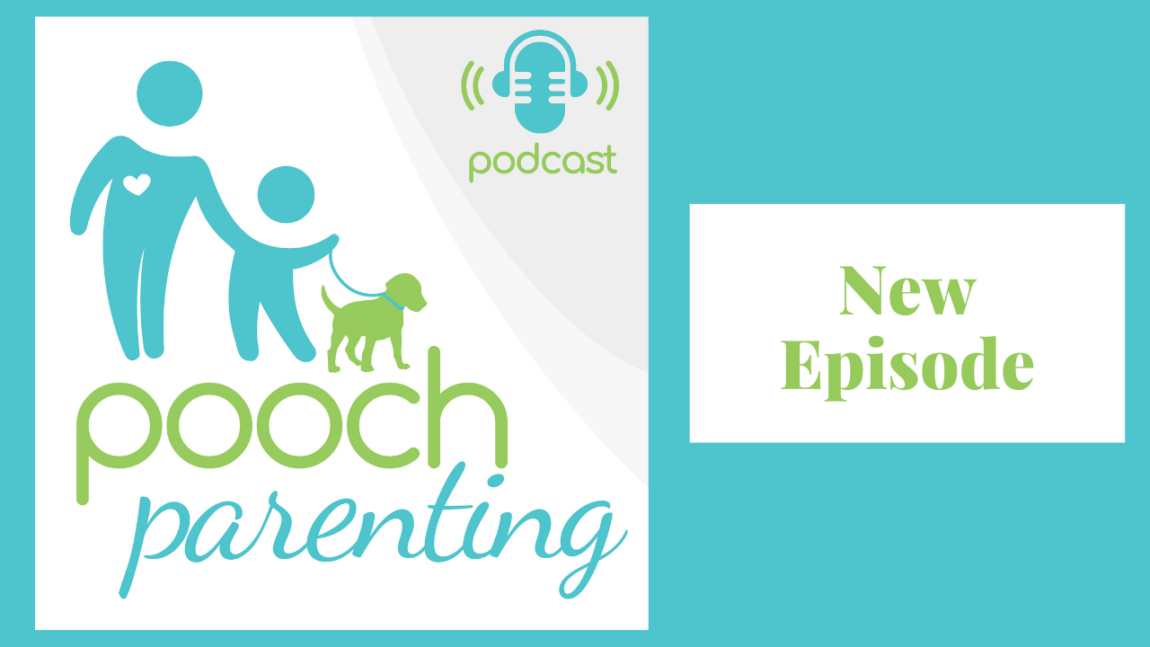

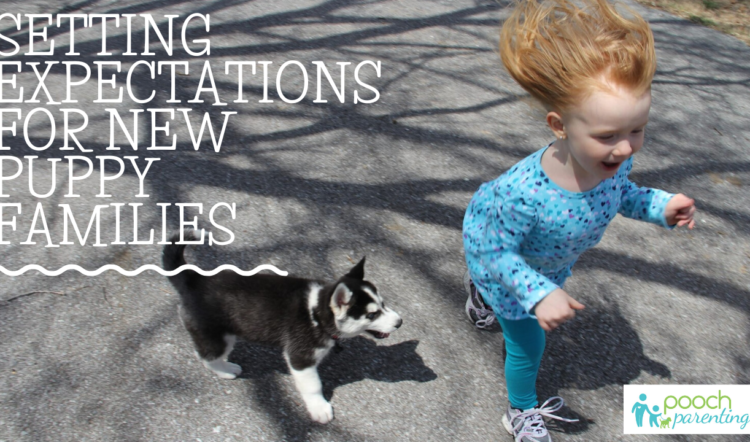
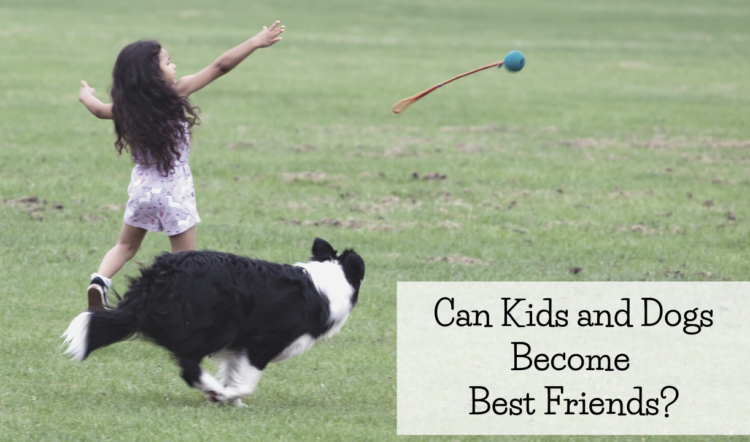
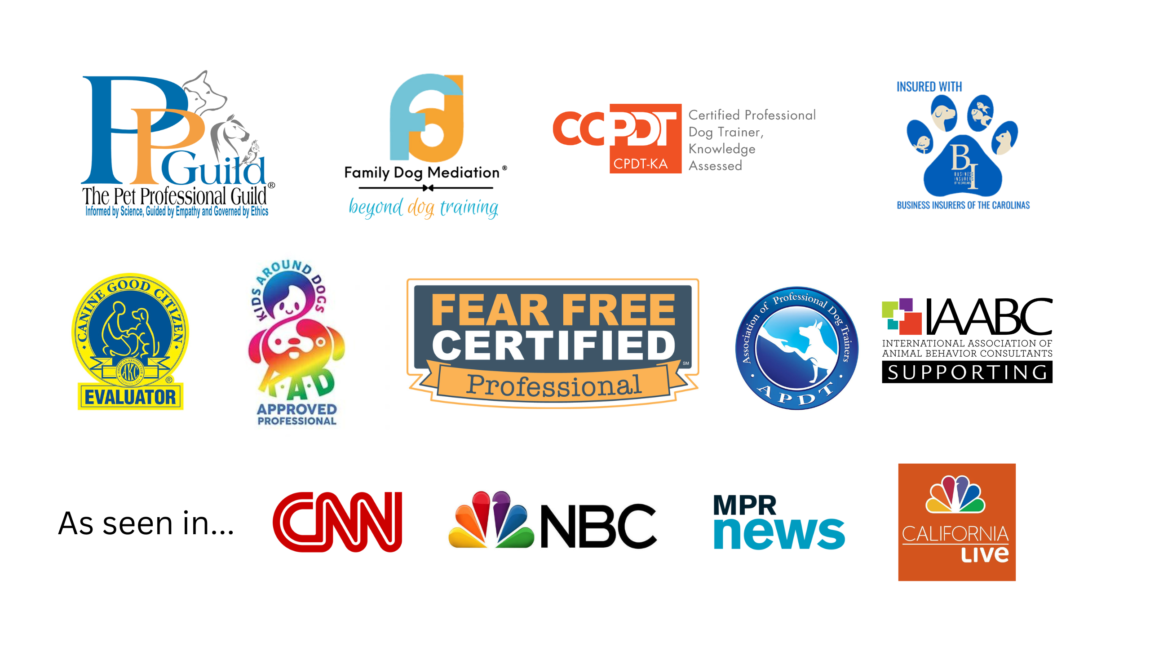
2 Comments
Terrific as always. Hope you get Michael S. back as a guest in future!
I’ll take ANY opportunity I can get to talk to or learn from Michael. He is lovely and so generous with his knowledge and time.
Comments are closed.